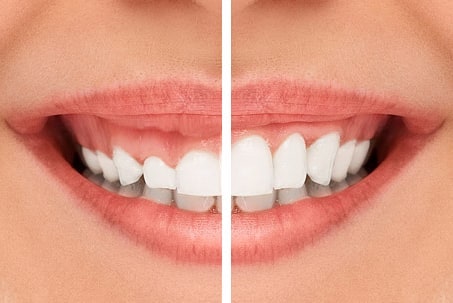 There are several types of gum surgery that your dentist might recommend if you’ve developed gum disease (also known as periodontal disease). The most common cause of gum disease is when excessive bacteria build-up in your mouth and create excess plaque and your body is unable to fight the infection.
There are several types of gum surgery that your dentist might recommend if you’ve developed gum disease (also known as periodontal disease). The most common cause of gum disease is when excessive bacteria build-up in your mouth and create excess plaque and your body is unable to fight the infection.
Certain factors, however, including medications and chronic illnesses, can make someone more susceptible to gum disease even if he or she follows a thorough oral care routine.
If you’ve developed gum disease severe enough to require surgery, your dentist may discuss some of these types of gum surgery as ways to treat the problem:
- Pocket reduction (also known as gingival flap surgery). In this procedure, your surgeon folds back the gums and removes bacteria. The periodontist (gum specialist) secures the gum tissue against your teeth, rather than allowing it to grow back on its own.
- Regeneration In this procedure, your periodontist folds back the gums and removes disease-causing bacteria, then inserts bone grafts, membranes, or tissue-stimulating proteins (or any combination of the three) to encourage your gum tissues to regenerate and fit snugly around the teeth again.
- Soft tissue graft. In this procedure, your periodontist takes sample tissue from elsewhere in your mouth and attaches it to your gums to replace gum tissue that has receded or has been removed due to gum disease. This procedure is often used for cosmetic purposes as well as to treat gum disease because it covers areas where the root is becoming exposed and improves the appearance of the teeth.



